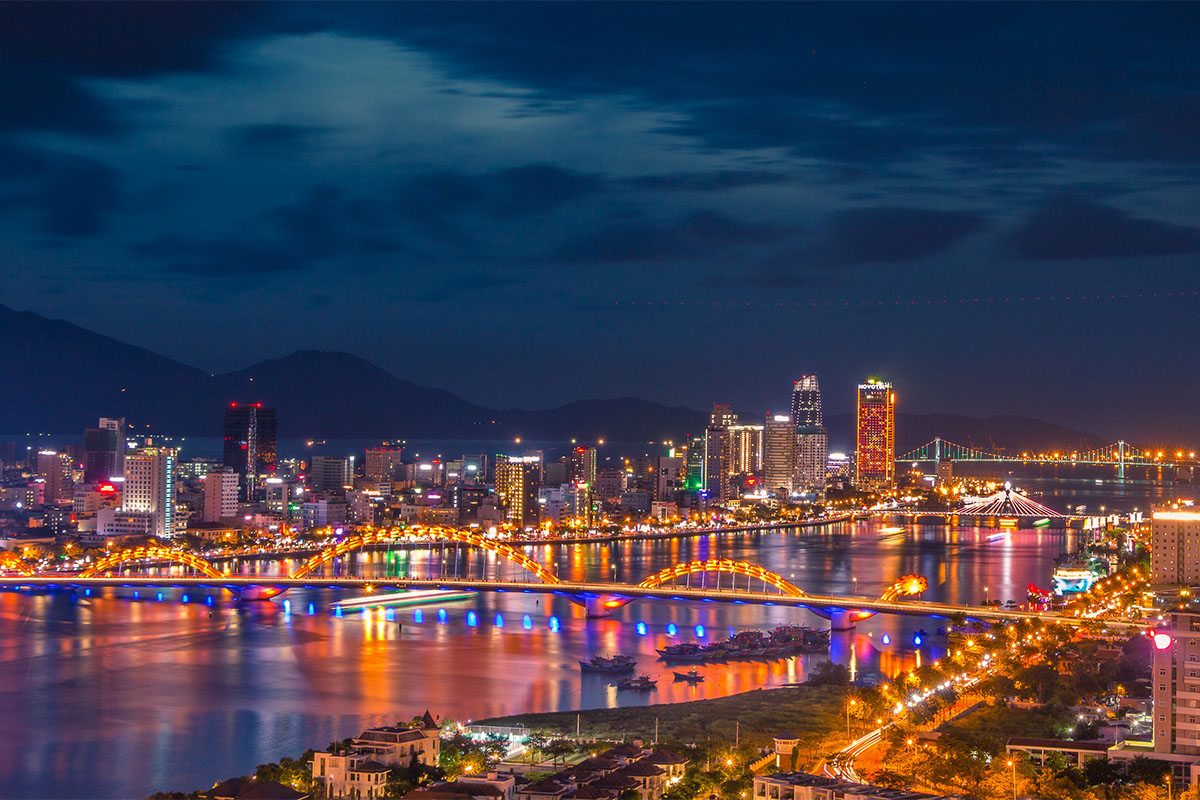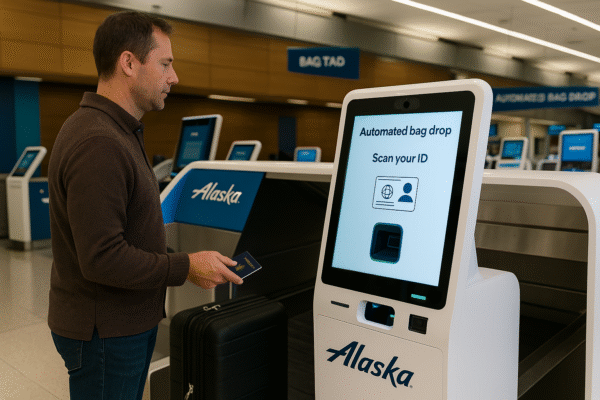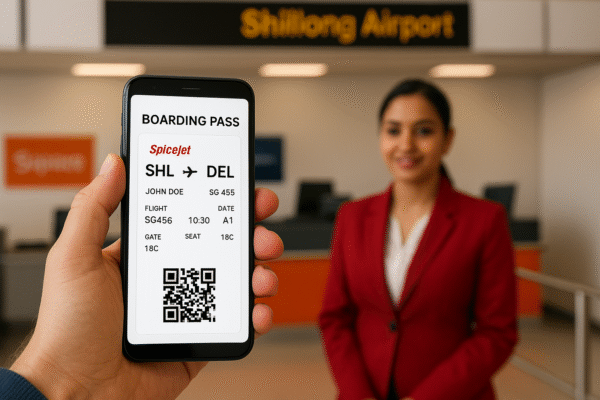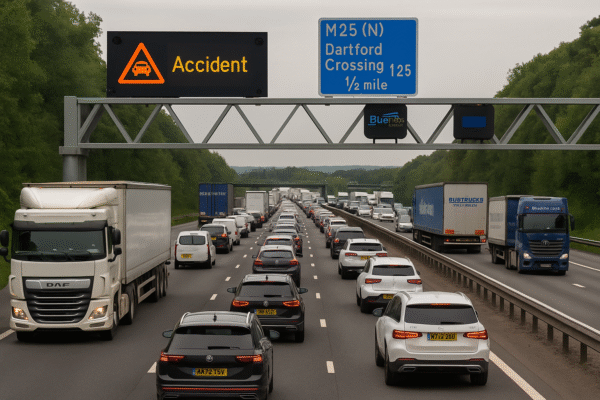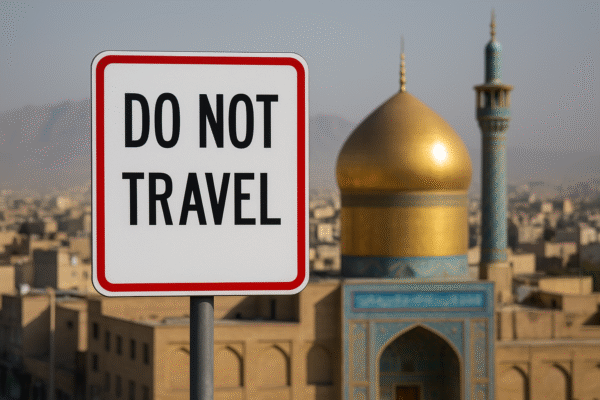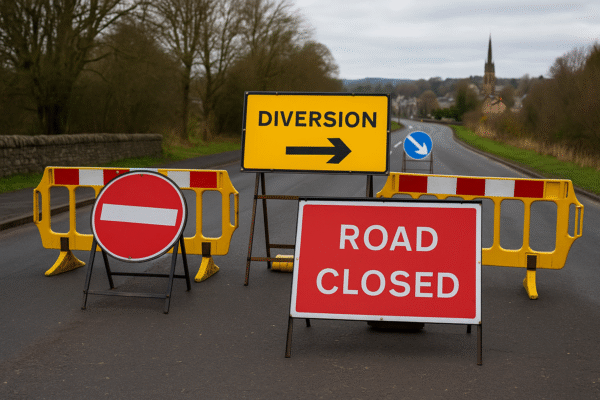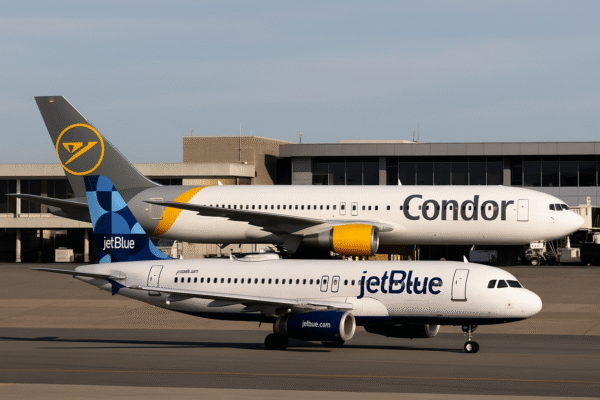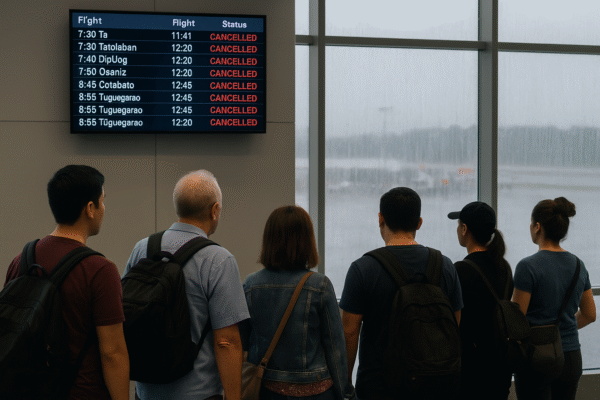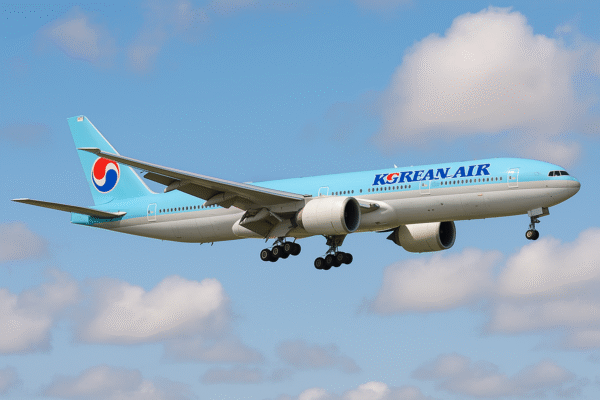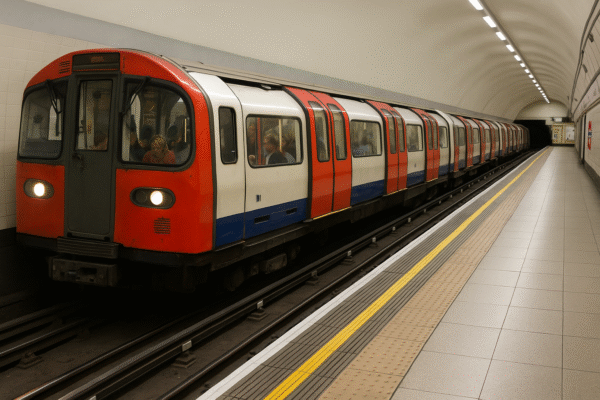London, United Kingdom – Tourists heading to the UK capital this September are being advised to brace for significant disruptions as the Rail, Maritime and Transport (RMT) union stages a week-long strike across the London Underground and Docklands Light Railway (DLR). The industrial action, scheduled from September 5 to September 11, 2025, is expected to paralyze sections of the city’s transport network, creating serious challenges for residents and visitors alike.
Strike Schedule and Key Dates
The planned strike action will be staggered over several days, impacting different sections of London’s transport network at various times:
- Friday, September 5 to Saturday, September 6: Depot operational control managers at Ruislip will be on strike from 6:00 PM on September 5 until 5:59 PM on September 6.
- Sunday, September 7: Track access controllers, control center operators, and emergency response units will stage a 24-hour walkout.
- Monday, September 8: Fleet staff, engineers, station personnel, and train operators, except those in engineering vehicle roles and emergency units, will participate in a full-day strike.
- Tuesday, September 9: Signallers, service control, and emergency response teams will halt work for 24 hours.
- Wednesday, September 10: Another full-day strike by fleet, engineering, station, and train staff is expected.
- Thursday, September 11: Signallers and service control staff will again walk out.
For the Docklands Light Railway, disruption is expected from Sunday, September 7 to Thursday, September 11, severely affecting connections to areas such as Canary Wharf, Greenwich, and East London.
Union’s Concerns and Negotiation Stalemate
The strikes stem from ongoing disputes over pay, working hours, and staff welfare. The RMT union has repeatedly highlighted the pressure placed on employees due to intense schedules and shift rotations that have raised health and safety concerns. Union leaders argue that management has failed to honor previous commitments and has not adequately addressed fatigue management or workplace conditions.
On the other side, Transport for London (TfL) has stated that it has engaged in consistent discussions and offered wage increases but maintains that a reduction in contractual working hours is not feasible within current operational budgets. The stalemate between the two parties has led to a deadlock, making industrial action inevitable.
Impact on Tourists and Local Commuters
The strikes are expected to severely disrupt the daily routines of millions of passengers and significantly affect tourists who rely on the Underground and DLR to navigate the city. Visitors planning to explore landmarks such as the Tower of London, Buckingham Palace, the British Museum, or West End theaters should anticipate delays, service cancellations, and overcrowding on alternative routes.
Areas served primarily by the DLR, including popular destinations in East London and key business districts like Canary Wharf, will be particularly difficult to access during the strike period. Travelers arriving or departing through Heathrow, Gatwick, or City airports may also face extended travel times, making advance planning essential.
Travel Alternatives During the Strike
Tourists and locals are advised to consider other modes of transportation during the strike week:
- Buses and Overground: Expect these services to be extremely busy but useful for shorter distances.
- Elizabeth Line: This newer service may offer a less congested option for east-west travel across the city.
- Taxis and Ride-Share Services: While convenient, they will likely experience higher demand and increased fares during peak hours.
- Cycling and Walking: For short distances, London’s extensive cycling lanes and pedestrian-friendly routes can provide a reliable alternative.
- National Rail Services: Some National Rail lines may offer partial relief, though connections could still be delayed due to overcrowding.
Planning ahead, allowing extra travel time, and keeping itineraries flexible will help minimize the impact of the strike on sightseeing and other planned activities.
Prospects for Resolution
Although the strikes are scheduled, there remains a possibility for resolution. Both the RMT and TfL have expressed a willingness to continue discussions in the hope of reaching a fair agreement. However, with the strike dates fast approaching, the likelihood of a breakthrough diminishes each day, leaving tourists and locals with limited certainty about the status of services.
Preparing for Your Trip
Visitors planning to travel during the strike period should:
- Stay Updated: Regularly check for the latest service bulletins from official sources.
- Plan Alternate Routes: Identify at least two backup options for travel between key points.
- Adjust Schedules: Factor in additional time for delays, especially when catching flights or attending timed events.
- Stay Flexible: Consider rescheduling activities in heavily affected areas until after the industrial action concludes.
Looking Ahead
The September strikes underline ongoing challenges within London’s transport system, highlighting the balance between worker welfare and operational efficiency. For tourists, this period will require extra planning and patience, but with careful preparation, it is still possible to enjoy a memorable trip to the city.
For more travel news like this, keep reading Global Travel Wire

